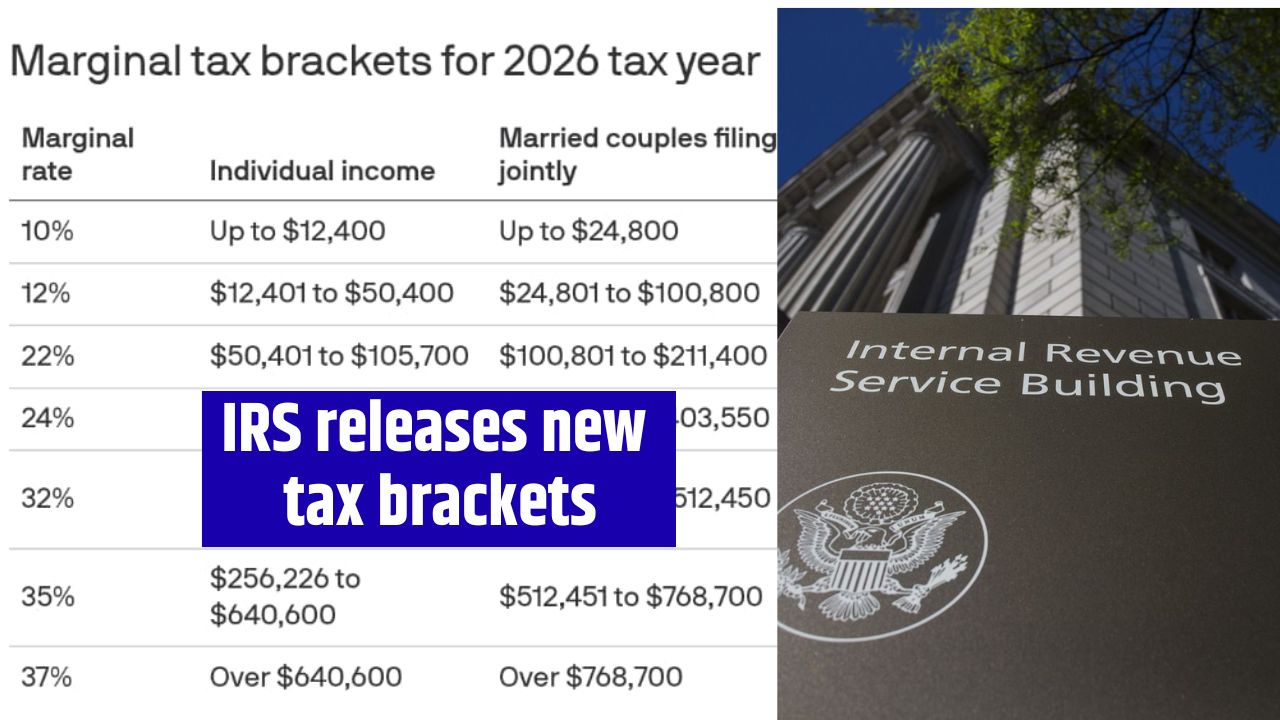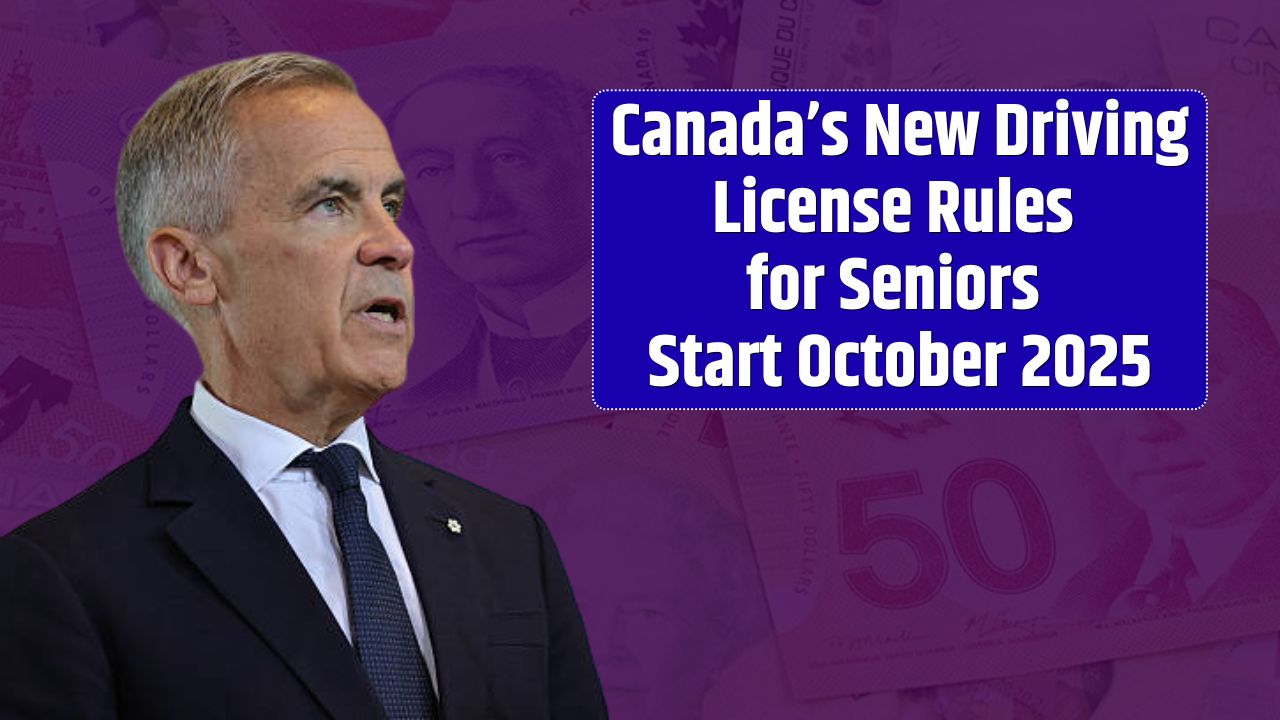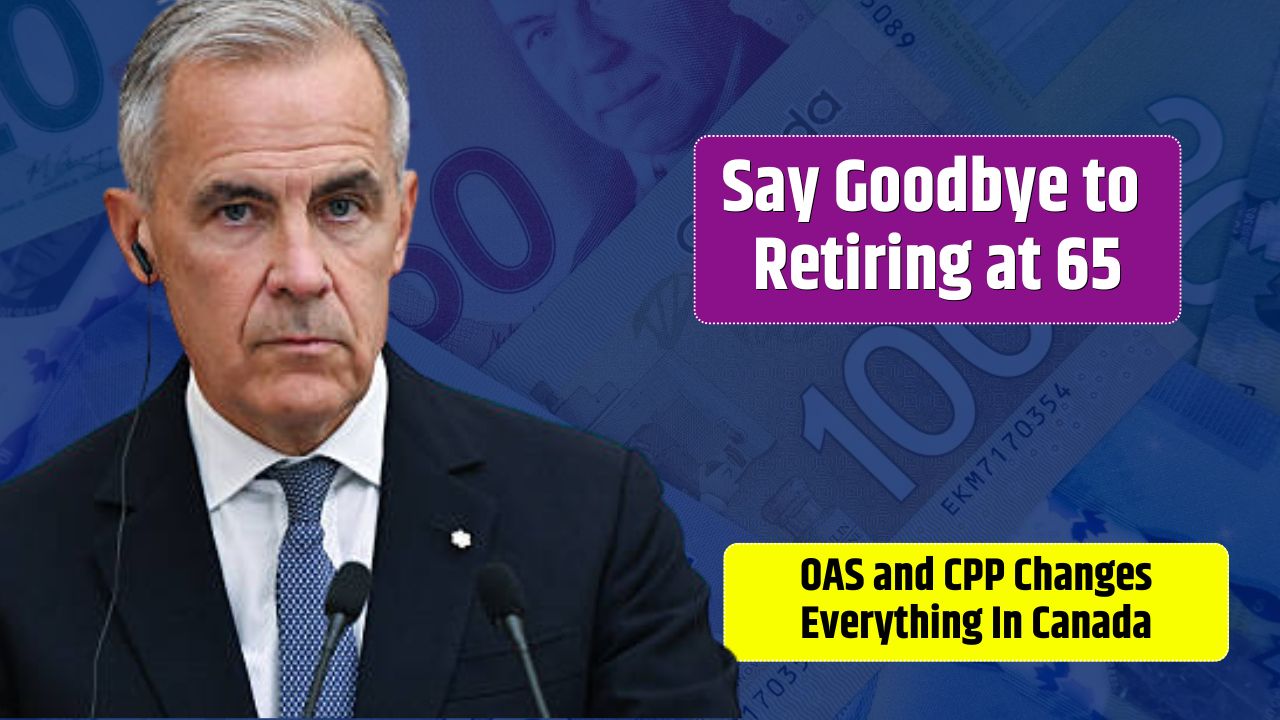For decades, age 65 symbolized the finish line — the age when Canadians said goodbye to the office and hello to freedom. But today, that idea feels increasingly outdated. With people living longer, staying healthier, and rethinking what “retirement” even means, many are finding that life after 65 isn’t about stopping — it’s about shifting gears.
New flexibility in Canada Pension Plan (CPP) and Old Age Security (OAS) rules means retirement can now be as individual as the people planning it. Whether you’re 60 and eager to slow down or 68 and still thriving at work, the system gives you options. Let’s unpack what’s changing — and what it means for your future.
The Changing Retirement Landscape
Longer, Healthier Lives
Here’s a hard number that says it all: the average Canadian can now expect to live about 81.7 years, according to Statistics Canada. That’s roughly two decades of life after 65 — years that need to be funded, planned for, and enjoyed.
Longer life expectancy is a blessing, but it also reshapes financial planning. Retiring at 65 could mean your savings need to stretch across 20 or 25 years — a challenge even for diligent savers. Many are realizing that working longer or phasing into retirement offers both financial stability and a healthier lifestyle balance.
Flexible Public Retirement Programs
The Canada Pension Plan (CPP) and Old Age Security (OAS) now give retirees the power of choice.
- CPP can start as early as age 60 or as late as 70. Taking it early reduces monthly payments, but delaying it boosts the amount you receive — by up to 42% more if you wait until 70.
- OAS, traditionally starting at 65, can now also be delayed until 70 for a similar bump in benefits.
This flexibility allows Canadians to design retirement on their own terms.
| Program | Typical Start Age | Earliest Start | Latest Start | Effect of Delaying | Average Monthly Payment (2024) |
|---|---|---|---|---|---|
| OAS | 65 | 65 | 70 | 36% higher at 70 vs 65 | Varies by residency history |
| CPP | 65 | 60 (reduced) | 70 (enhanced) | 0.7% increase per month delayed | Avg. $899.67 / Max. $1,433 |
(Sources: Government of Canada – CPP, OAS program details)
Why Retiring at 65 Is No Longer the Default
Financial Considerations
Inflation, longer lifespans, and market volatility have made the “age 65 rule” less practical. Working a few extra years can mean:
- More time to save in RRSPs, TFSAs, and workplace pensions.
- Higher public pension benefits due to CPP and OAS deferrals.
- Reduced income risk — especially for those without employer pensions.
Health and Capability
Many Canadians remain active well past 65. Work keeps people mentally sharp and socially engaged, reducing risks of loneliness and depression. For others, even part-time or consulting roles provide structure and purpose — a psychological safety net that pure leisure can’t always replace.
Workplace Flexibility
The modern job market has evolved. You don’t have to choose between “full throttle” or “full stop.” Hybrid roles, freelance gigs, and remote contracts are creating phased retirements, letting older workers scale back gradually. Employers, facing skill shortages, are increasingly open to keeping experienced staff onboard.
Financial Advantages of Working Beyond 65
| Advantage | Benefit to You |
|---|---|
| Longer Savings Window | More years to build retirement funds. |
| Higher Public Pension Income | Delaying CPP/OAS boosts lifetime benefits. |
| Debt Reduction | Continued income helps clear mortgages or loans. |
| Reduced Market Risk | Fewer early withdrawals protect investment growth. |
| Improved Security | Less reliance on uncertain investment returns. |
According to Employment and Social Development Canada (ESDC), roughly one in four Canadians aged 65–69 now remains in the workforce, a dramatic increase from 15 years ago.
Psychological and Social Benefits
- Purpose and Identity: Many retirees miss the sense of contribution that comes with work.
- Social Engagement: Colleagues and workplace communities help reduce isolation.
- Cognitive Health: Continued problem-solving and learning keep the brain active — delaying cognitive decline and improving mood.
A 2023 study by the Canadian Institute for Health Information found that seniors who stay engaged in work or volunteering report higher life satisfaction and lower depression rates than those who retire abruptly.
The Trade-Offs and Risks
Retiring later isn’t ideal for everyone.
- Health Constraints: Manual or high-stress jobs can become difficult after 65.
- Workplace Ageism: Some industries still undervalue older talent.
- Lifestyle Costs: Continuing to work may delay travel, caregiving, or personal goals.
- OAS Clawback: Higher income can reduce or eliminate OAS payments (starts at ~$90,000 annual income).
Proper financial planning — ideally with professional guidance — helps navigate these trade-offs effectively.
How to Plan for a Longer Working Life
1. Health Assessment
Before extending your career, ensure you’re physically and mentally ready. Preventive care and regular health check-ups are key.
2. Income & Benefits Planning
Use online government tools like the CPP Retirement Income Calculator to model scenarios for claiming CPP or OAS at different ages.
3. Flexible Work Arrangements
Negotiate part-time or consulting roles. Explore remote options if commuting becomes tiring.
4. Skills and Technology
Stay current with digital tools — remote work and virtual collaboration are now part of most roles.
5. Contingency Planning
Secure an emergency fund, maintain proper insurance, and consider long-term care coverage.
A Sample Scenario
Meet Jean, age 64:
Jean plans to retire at 65 but decides to continue part-time work until 68. Here’s what that does:
- She adds three more years of CPP contributions, increasing her monthly benefit.
- By delaying CPP and OAS to age 68, she earns roughly 20% higher payments for life.
- She pays off her remaining mortgage and adds extra savings to her TFSA.
By 70, she’s financially comfortable, debt-free, and enjoying a balanced mix of volunteering, travel, and part-time consulting.
FAQs:
What’s the best age to start CPP and OAS?
It depends on your health, savings, and goals. If you can afford to wait, deferring to age 70 can increase your lifetime benefits substantially.
Can I work and collect CPP or OAS at the same time?
Yes, you can receive CPP or OAS while working, though your income may affect taxes and OAS clawback limits.
Will delaying CPP or OAS affect my taxes?
It can. You’ll receive higher monthly payments later, but they’ll be taxable. Consult a tax professional to optimize timing.





















